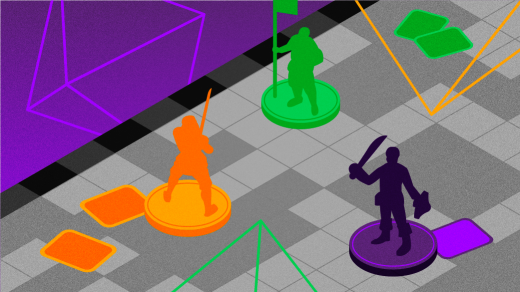Introduction:
Poker is a vintage card game that involves a mixture of skill, strategy, and chance. A crucial facet of the game is gambling, which adds a fantastic element and may somewhat affect the results of a hand. This report aims to offer an extensive summary of poker wagering, including key strategies, ideas, and best practices to improve people' gameplay and increase their likelihood of winning.
Overview of Poker Betting:
Poker gambling refers to the act of putting bets through the various stages of a hand. It really is usually initiated by the player to the left of dealer, in addition to wagering continues clockwise all over table. The principal purpose of wagering in poker is to win the cooking pot, containing most of the potato chips or cash wagered by the people. The size and time of bets are necessary in influencing opponents' decisions and ultimately deciding the outcome of a hand.
Techniques for Poker Betting:
1. give review: Before putting a wager, it is essential to evaluate the potency of your hand. Evaluate factors like the quality of your cards, their prospective to improve, and their particular general strength compared to the community cards (in texas holdem). Adjust your betting consequently, putting larger wagers with more powerful fingers and smaller bets with limited holdings.
2. Position: think about your seating position at the table when deciding how much to wager. Becoming in a belated place lets you gather additional information regarding your opponents' wagering habits, helping you to make much more well-informed decisions. Aggressive gambling and bluffing are often more effective in belated positions, as opponents have already expressed their particular opinions on strength of the fingers.
3. Bet Sizing: correctly sizing your wagers is vital. Prevent making foreseeable wagers or constantly wagering similar amount, as watchful opponents can exploit this. Vary your bet sizes on the basis of the strength of the hand, modifying it to achieve a balance between extracting price and protecting against losses. In addition, look at the pot chances and the potential of your hand to boost whenever deciding on bet size.
Tips and greatest Practices:
1. studying Opponents: seriously consider the gambling patterns, body language, and verbal cues of opponents. These can provide important ideas in their holdings and help you make much better choices. Choose any deviations from their particular standard behavior, that might indicate weakness or strength.
2. Bluffing: Bluffing is an essential element of poker gambling. The aim is always to make opponents think that you've got a stronger hand than you truly do. Bluff selectively and think about elements including the board surface, your table image, as well as your opponents' tendencies. Keep in mind, effective bluffing requires good understanding of your opponents' playing types.
3. Bankroll control: Effective money administration is really important to sustaining lasting success in poker. Determine a budget for your poker sessions and avoid putting bets beyond your means. Develop discipline and give a wide berth to chasing losings or making impulsive large bets that may compromise your bankroll.
Conclusion:
 Poker betting
Poker betting is a multifaceted facet of the game that will require ability, method, and observance. By applying the techniques mentioned above and staying with the recommended recommendations and greatest practices, players can enhance their wagering approach while increasing their particular odds of success. Remember that rehearse, experience, and constant learning tend to be essential for perfecting the art of poker gambling.

 Poker betting is a multifaceted facet of the game that will require ability, method, and observance. By applying the techniques mentioned above and staying with the recommended recommendations and greatest practices, players can enhance their wagering approach while increasing their particular odds of success. Remember that rehearse, experience, and constant learning tend to be essential for perfecting the art of poker gambling.
Poker betting is a multifaceted facet of the game that will require ability, method, and observance. By applying the techniques mentioned above and staying with the recommended recommendations and greatest practices, players can enhance their wagering approach while increasing their particular odds of success. Remember that rehearse, experience, and constant learning tend to be essential for perfecting the art of poker gambling.